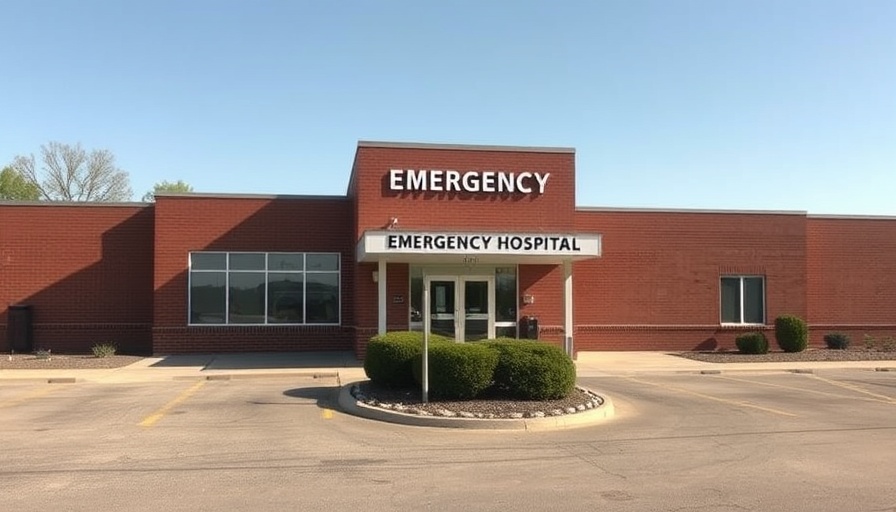
Rural Hospitals in Crisis: The Impacts of Medicaid Cuts
In a major spending package signed into law on July 4, 2025, President Donald Trump set forth cuts to Medicaid that are poised to significantly impact rural hospitals across America. With over one trillion dollars slashed from Medicaid over the next decade, health policy experts warn that approximately 11.8 million individuals could lose their health insurance coverage, raising alarms in communities that depend heavily on local hospitals for healthcare services. These changes will particularly affect the 66 million Americans living in rural areas, many of whom are reliant on Medicaid for their health insurance.
Understanding the Role of Rural Hospitals
Rural hospitals serve as critical access points for healthcare in remote areas, often providing essential medical services to populations that may not have alternative options. However, the legislative changes pose an existential threat to these institutions. As funding from Medicaid diminishes, hospitals may face the dilemma of whether to cut services, lay off staff, or face closure altogether, potentially leaving countless patients without local care.
The Financial Ripple Effect of Funding Cuts
With Medicaid supporting many rural hospitals, any reduction in funding can trigger a cascade of financial hardships. These cuts will not only increase the volume of uncompensated care that hospitals are obligated to provide, but also lead to delayed equipment purchases and heightened service restrictions. The stark reality is that many facilities could be forced to close their doors, disrupting healthcare access for countless individuals.
Policy Changes and Their Implications
The legislation introduces changes that restrict how states can fund their Medicaid programs, limiting tax revenue sources critical for hospitals. For example, restrictions on hospital taxes and fees will stifle the revenue streams that many rural hospitals rely on for operation. Additionally, the introduction of work requirements for Medicaid enrollment, which dramatically increase bureaucracy, may deter eligible individuals from obtaining the healthcare support they need, further exacerbating access issues.
Local Perspectives on Health and Wellbeing
The ramifications of these Medicaid cuts stretch beyond financial implications; they touch upon the very fabric of community health and well-being. Rural health is intertwined with broader social issues, including employment stability and economic growth. As hospitals close or reduce services, local communities may confront increased health disparities, leading to poorer health outcomes and degraded quality of life.
Future Predictions on Rural Healthcare
Experts predict that if trends continue unchecked, we may witness a drastic redrawing of the rural healthcare landscape. Some propose potential strategies for sustaining rural health systems, such as advocating for policy reconsideration, community health initiatives, and emphasizing prevention and wellness strategies. Addressing these challenges must become a priority for policymakers and communities alike as they seek to safeguard the health and longevity of population segments heavily reliant on these hospitals.
Actionable Strategies for Health Optimization
As these changes unfold, individuals can take proactive steps toward their health optimization. Maintaining a balanced diet, exploring supplements that support longevity, and adopting biohacking techniques can empower people to enhance their health-spans even in the face of systemic healthcare challenges. For those in rural areas particularly affected, staying informed and advocating for community health resources will be essential.
Conclusions: The Importance of Advocacy
As cuts to Medicaid threaten the survival of rural hospitals, it is crucial for stakeholders to advocate for sustainable healthcare solutions. Ensuring that communities maintain access to quality health services is vital not just for immediate health outcomes, but for the long-term vitality of rural America. By being aware and taking action, individuals can contribute to shaping the future of rural health services.
 Add Row
Add Row  Add
Add 




Write A Comment